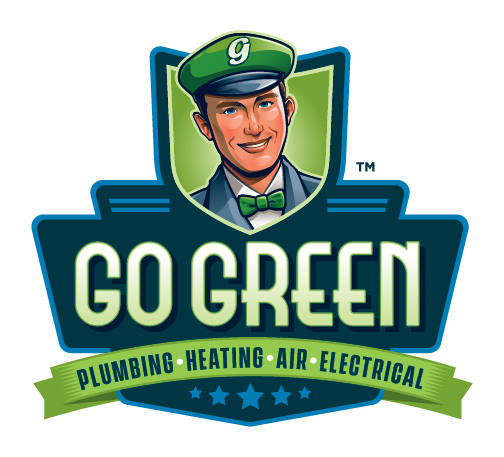 As a final part of our blog series on “Plumbing in a Tiny Home,” we are now going to deal with the subject of Black Water. Black Water is simply the sewer waste from your toilet. Since most people have always had public sewer or private septics, this is new territory for most. However, if tiny home living is your goal, then you will have to give some thought to your choice of toilet and the system installed.
As a final part of our blog series on “Plumbing in a Tiny Home,” we are now going to deal with the subject of Black Water. Black Water is simply the sewer waste from your toilet. Since most people have always had public sewer or private septics, this is new territory for most. However, if tiny home living is your goal, then you will have to give some thought to your choice of toilet and the system installed.
Disposal of Black Water – A flushing toilet is something most of us take for granted; and if you plan to keep your tiny home stationary, your solution may be a regular toilet connected into a sewer or septic system. But, if mobility or living off grid is your choice, then you may want to consider one of the choices below.
- Toilets made for RVs. This requires a holding tank that the waste goes into and then is emptied at a disposal site or hooked into a sewer. Some may not like this system due to the work and chemicals required to maintain them.
- Composting toilet. Requiring no water or energy, they allow you to live off grid and look after the environment at the same time. You can purchase composting toilets, or make your own. Each time you use the toilet, you simply add fine wood shavings (pine works well) to the toilet. This prevents odor and helps the waste to break down. Adding coffee grinds will keep things smelling fresher, and composting worms can help break down waste faster. You will need a compost area to dump your toilet waste, but once broken down, the compost can be used around your planting beds.
- Incinerating toilet. These use electric or gas (natural or propane) heat to burn waste that can then be dumped into your trash. The electric toilet has a liner to catch waste and a pedal to release the liner into a sealed compartment where waste can be incinerated after each use. The gas toilet has a holding tank and incinerates once full. There may be some odor with the incinerating toilet, but the process sterilizes the compartment requiring no cleaning.
- Dry Toilets. These toilets also require no water to operate, but electricity is needed to charge the motor. Dry toilets are lightweight and moveable. The toilet bowl is a bucket with a liner cartridge on top that the toilet seat rests on. After each flush the motor turns the bucket so that the liner tightly wraps the waste, and a new liner releases from the cartridge. When the liner cartridge is empty, simply remove and dispose in your trash, and install a new cartridge.
Adjusting to tiny home living may take a little time, and making sure you choose the best plumbing system will make the adjustment easier.
Have more questions? Call us—we’d love to help! Call the professionals at Go Green Plumbing at 336-252-2999 for service 7 days a week/24 hours a day. If water runs through it – We Do It!

